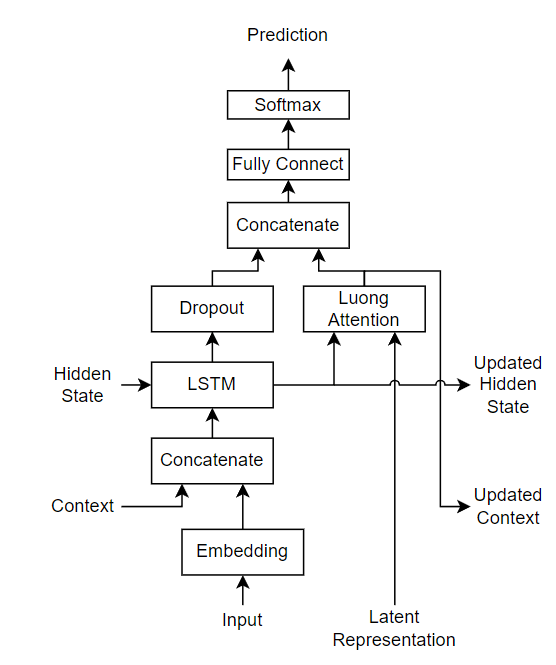Main Content
Custom Training Loops
Customize deep learning training loops and loss functions
If the trainingOptions function does not
provide the training options that you need for your task, or custom output
layers do not support the loss functions that you need, then you can define a
custom training loop. For models that cannot be specified as networks of layers,
you can define the model as a function. To learn more, see Define Custom Training Loops, Loss Functions, and Networks.
Functions
Topics
Custom Training Loops
- Train Deep Learning Model in MATLAB
Learn how to training deep learning models in MATLAB®. - Define Custom Training Loops, Loss Functions, and Networks
Learn how to define and customize deep learning training loops, loss functions, and models. - Train Network Using Custom Training Loop
This example shows how to train a network that classifies handwritten digits with a custom learning rate schedule. - Train Sequence Classification Network Using Custom Training Loop
This example shows how to train a network that classifies sequences with a custom learning rate schedule. - Specify Training Options in Custom Training Loop
Learn how to specify common training options in a custom training loop. - Define Model Loss Function for Custom Training Loop
Learn how to define a model loss function for a custom training loop. - Update Batch Normalization Statistics in Custom Training Loop
This example shows how to update the network state in a custom training loop. - Make Predictions Using dlnetwork Object
This example shows how to make predictions using adlnetworkobject by looping over mini-batches. - Monitor Custom Training Loop Progress
Track and plot custom training loop progress. - Multiple-Input and Multiple-Output Networks
Learn how to define and train deep learning networks with multiple inputs or multiple outputs. - Train Network with Multiple Outputs
This example shows how to train a deep learning network with multiple outputs that predict both labels and angles of rotations of handwritten digits. - Classify Videos Using Deep Learning with Custom Training Loop
This example shows how to create a network for video classification by combining a pretrained image classification model and a sequence classification network. - Train Image Classification Network Robust to Adversarial Examples
This example shows how to train a neural network that is robust to adversarial examples using fast gradient sign method (FGSM) adversarial training. - Train Robust Deep Learning Network with Jacobian Regularization
Train a neural network that is robust to adversarial examples using a Jacobian regularization scheme. - Solve Ordinary Differential Equation Using Neural Network
This example shows how to solve an ordinary differential equation (ODE) using a neural network. - Train Network in Parallel with Custom Training Loop
This example shows how to set up a custom training loop to train a network in parallel. - Run Custom Training Loops on a GPU and in Parallel
Speed up custom training loops by running on a GPU, in parallel using multiple GPUs, or on a cluster. - Speed Up Deep Neural Network Training
Learn how to accelerate deep neural network training.
Automatic Differentiation
- Deep Learning Data Formats
Learn about deep learning data formats. - List of Functions with dlarray Support
View the list of functions that supportdlarrayobjects. - Automatic Differentiation Background
Learn how automatic differentiation works. - Use Automatic Differentiation In Deep Learning Toolbox
How to use automatic differentiation in deep learning.
Deep Learning Function Acceleration
- Deep Learning Function Acceleration for Custom Training Loops
Accelerate model functions and model loss functions for custom training loops by caching and reusing traces. - Accelerate Custom Training Loop Functions
This example shows how to accelerate deep learning custom training loop and prediction functions. - Check Accelerated Deep Learning Function Outputs
This example shows how to check that the outputs of accelerated functions match the outputs of the underlying function. - Evaluate Performance of Accelerated Deep Learning Function
This example shows how to evaluate the performance gains of using an accelerated function.


















